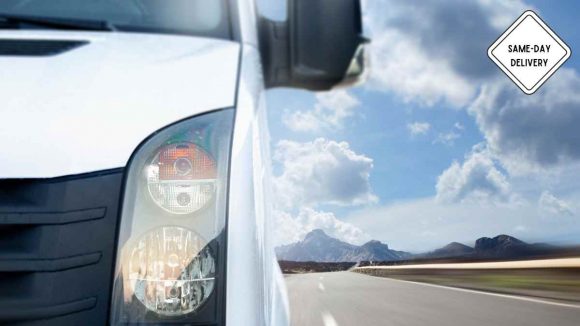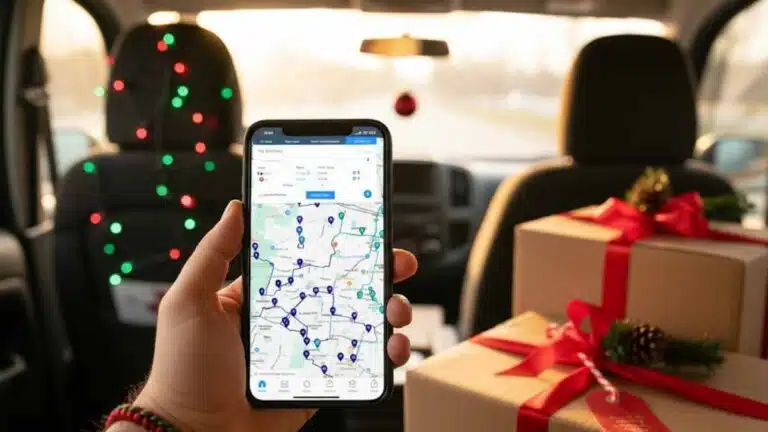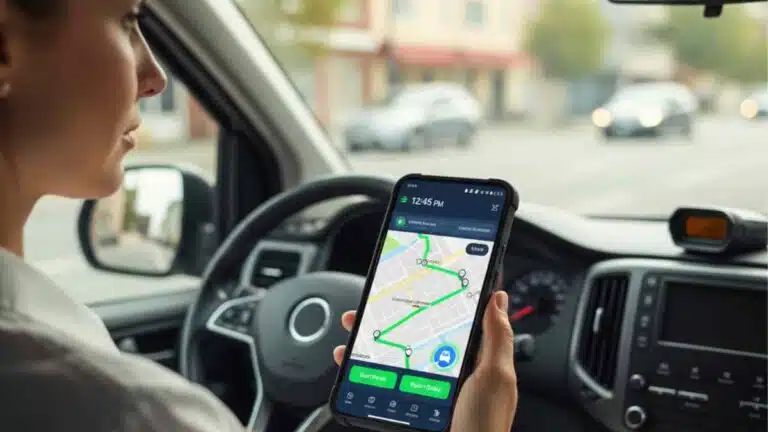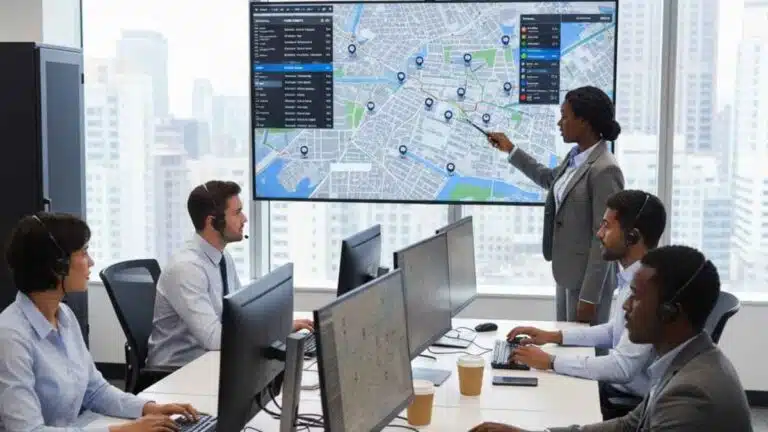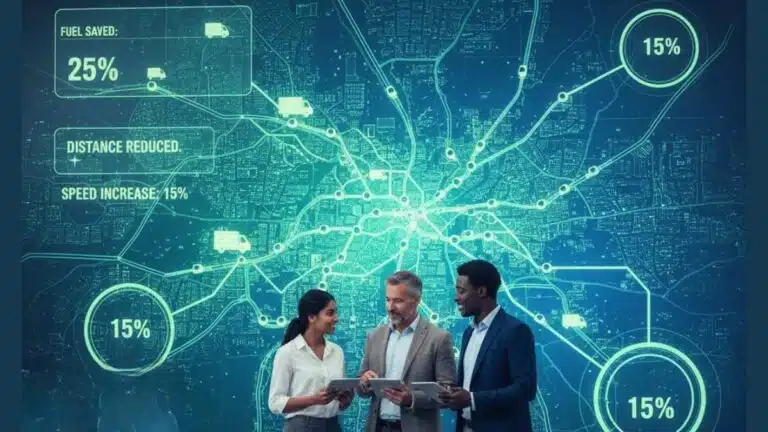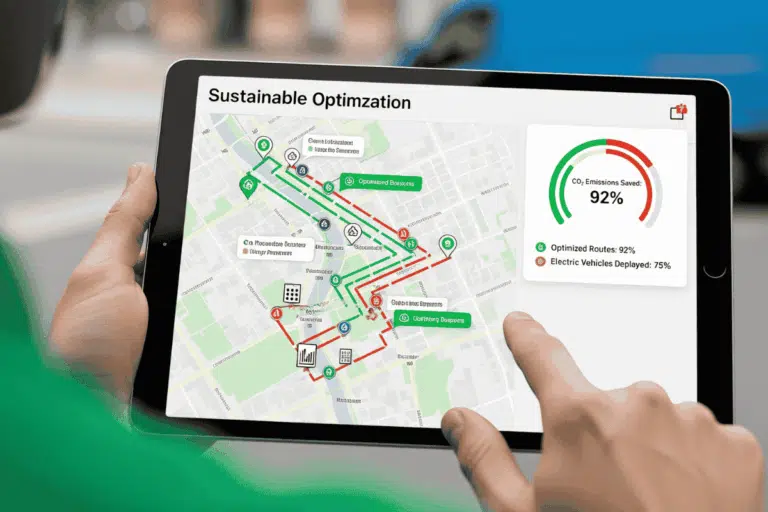Amazon continues to push the industry standards for last-mile delivery globally, and experts in the sector are noting what this means for customers.
JJ Velaz, CEO and founder of Kosmo, tells Locate2u that the company is raising customers’ expectations in a world where same-day deliveries are soon to be the norm.
Amazon’s empire was not built in a day. It took years for the retail giant to deliver parcels to customers the same day. “I guess 20 years ago, they delivered in 10 days and then in five and then in three,” Velaz explains. Now, it’s a completely different picture. Amazon delivers to more than half of Prime customers the same day or the next day.
How do they do this? Same-day facilities are smaller buildings close to the large metro areas they serve, decreasing the distance to customers. On average, it takes 11 minutes to pick up a customer’s items and position the package on the outbound dock in the same-day facilities. That’s more than an hour faster than their traditional fulfillment centers.
Regionalizing Amazon’s network reduced the miles traveled and had a cost-saving impact. “Improved product placement gets items even closer to customers, making our delivery system more efficient,” says Amazon.
The importance of speedy delivery
Giving customers the best experience is not only about the packaging or the great product photos, but Velaz says it’s more than that. “[When] people talk a lot about the customer experience, they do super fancy things on their website, and they have nice packaging. [But] if you have an amazing shopping experience, but it takes ten days, or it doesn’t arrive, then the experience is very bad [sic].”
Customers are getting used to Amazon’s speedy retail deliveries. Velaz explains how customers get to a point where they don’t want to wait a day or two anymore. “If I get a package from Amazon in one or the same day and then order from Nike, it takes three days. I’m not going to be happy with that. I’m getting used to the one day.”
A turning point in last-mile delivery
Amazon seems to have a monopoly on fast retail deliveries, but what will it take to change this? Velaz expects the dynamics to shift only when “logistics providers get up to speed and allow retailers and brands to power same-day delivery.”
But it might not be so much in the future. He says: “There will be a turning point, which I think it already started, especially in developed markets. You see a lot of fleets that focus on key big cities and offer same-day delivery. And they are partnering with retailers.”
In a few years, same-day delivery will become the norm, and businesses that cannot adapt will close. Velaz believes only those willing to use technology to enable fleets will rise.
“Without the tech, you really cannot do same-day delivery. You don’t have the speed to do it. You need technology to automate the decoration of routes, the assignment to drivers,” he says.
About the author
Mia is a multi-award-winning journalist. She has more than 14 years of experience in mainstream media. She's covered many historic moments that happened in Africa and internationally. She has a strong focus on human interest stories, to bring her readers and viewers closer to the topics at hand.

